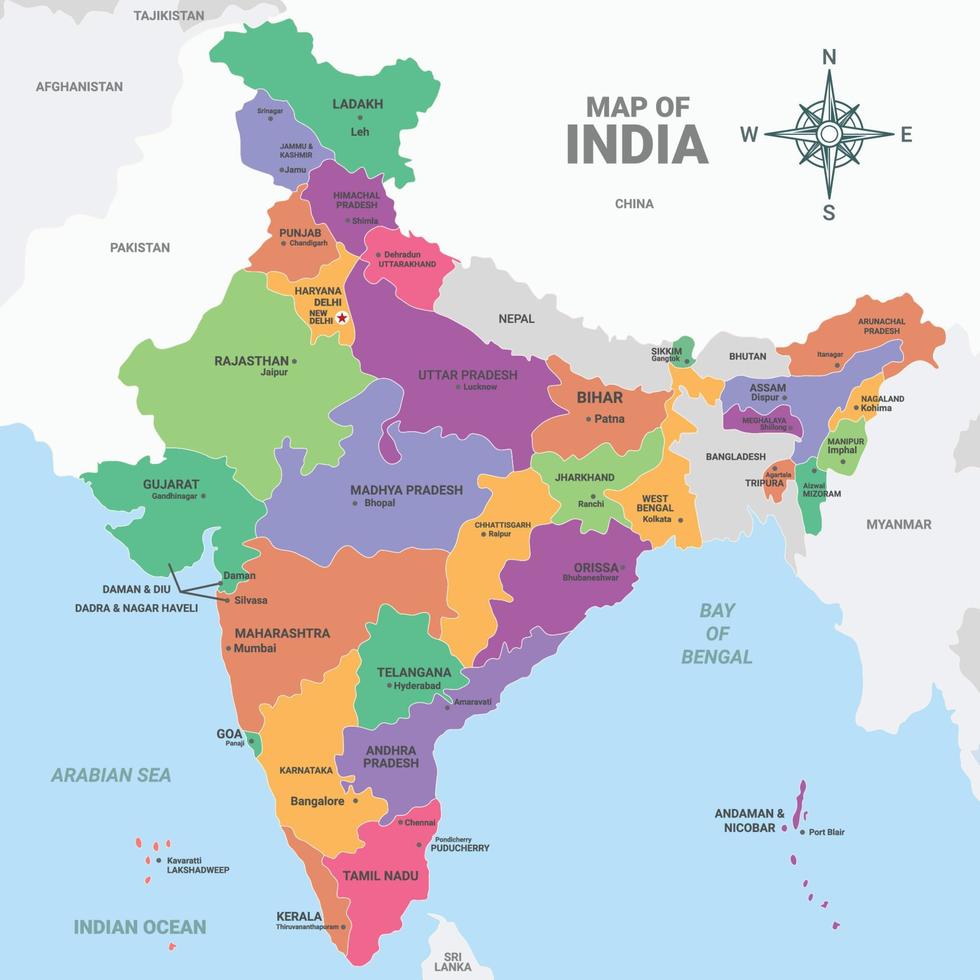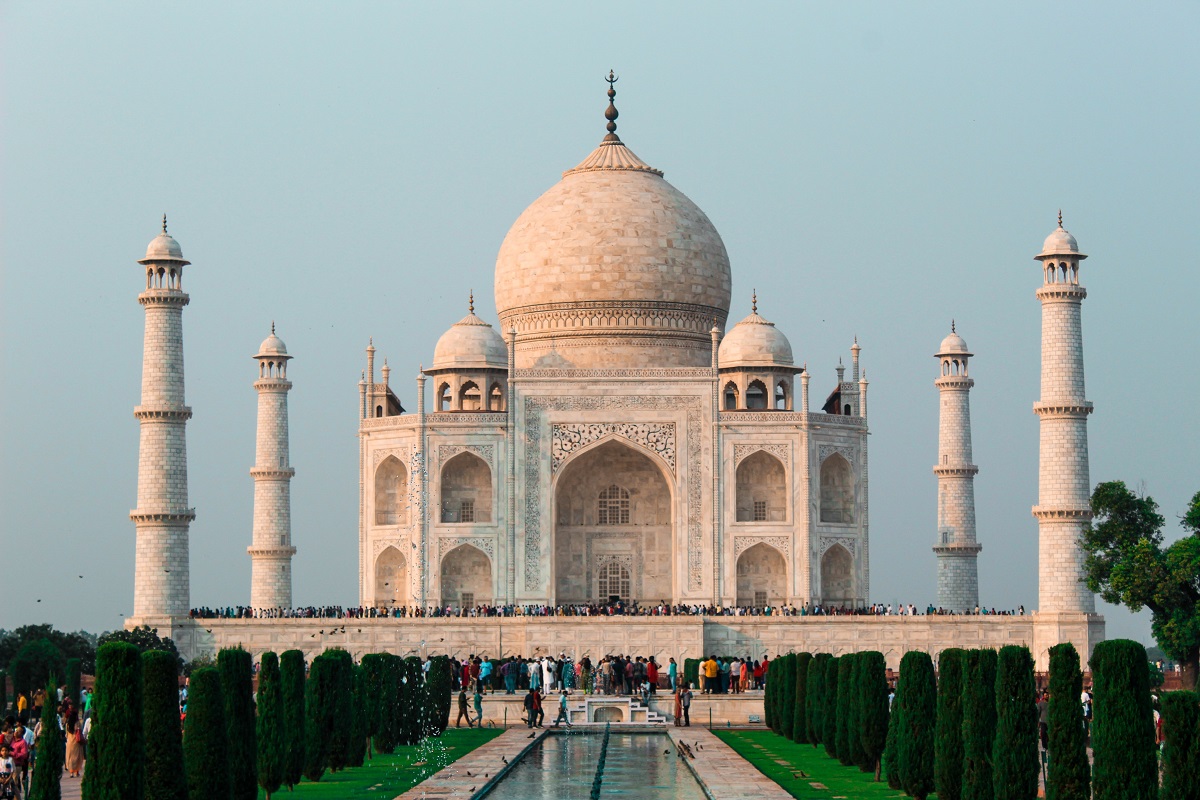India Frost TS: A Look At Climate And Temperature Across A Vast Nation
India, officially the Republic of India, is a country in South Asia, as you know. It is a land of incredible variety, truly. This nation, which is the world's largest democracy, has a population that is very diverse, and its geography and climate are just as varied. From towering mountains to vast plains, and from arid deserts to humid coastlines, India offers a wide range of natural settings. This immense diversity, in a way, shapes everything, including its weather patterns and how different regions experience temperature changes.
- The Lemont Restaurant Pittsburgh
- Skylar Digginsmithtats
- Calling Amazon
- Fantasyfactory
- Power Outage Entergy
When we think about "India Frost TS," we are, in some respects, looking at how the immense scale and varied nature of this country influence its temperatures, especially when it comes to cooler conditions. India, as a constitutional republic, represents thousands of ethnic groups and is made up of twenty-eight states and eight union territories, with New Delhi as its capital. This vastness means that what one part of India experiences climatically can be completely different from another. So, exploring "frost" and "TS" (which we can consider as temperature sensitivity or time series data) across such a wide area is quite interesting, actually.
The name India, derived from Indus, from the Old Persian word Hindu, and from Sanskrit Sindhu, the historic local name for the Indus River, hints at its deep roots. India is one of the oldest civilizations in the world, with a kaleidoscopic variety and a rich cultural heritage. This long history has unfolded against a backdrop of incredibly diverse environmental conditions. Understanding "India Frost TS" then becomes a way to appreciate the subtleties of its climate, considering how temperatures shift over time and how sensitive different regions are to colder spells, which, you know, can vary quite a bit.
Table of Contents
- Understanding India's Climate Diversity
- Temperature Sensitivity (TS) in Indian Contexts
- Exploring the Nuances of India Frost TS
- Frequently Asked Questions About India's Climate
Understanding India's Climate Diversity
India, the world's second most populous country and seventh largest in area, really does have a climate that is as varied as its people. The country is geographically positioned both in the northern and eastern hemispheres of the earth. This positioning, along with its immense size of 3,287,263 km², which, you know, makes it the seventh largest country, means that it experiences a range of climatic conditions. We are talking about everything from tropical monsoons in some areas to alpine conditions in others. This diversity is a key part of what makes "India Frost TS" such an interesting idea to think about, because, well, frost is not something you would expect everywhere, obviously.
- Jaguars Qbs
- Caesars Property Map
- Buservice Greyhound
- Road Closures In Kansas
- Buffalo Bills Quarterback History
Geographical Factors and Temperature Variations
The vast peninsula that Asia throws out to the south, marked by magnificent mountain ranges that stretch in a sword-like curve across the southern border, plays a huge role in India's climate. These mountains, particularly the Himalayas in the north, act as a massive barrier, protecting the subcontinent from the cold winds blowing from Central Asia. This, in a way, helps keep much of India warmer during winter months than other places at similar latitudes. However, these very mountains also create high-altitude regions where temperatures drop significantly, making the idea of "frost" a very real experience, particularly in the northern states. So, the geography, you see, is absolutely central to understanding temperature variations.
Beyond the mountains, India's extensive coastline, its large plains, and its plateau regions all contribute to different microclimates. The Gangetic plains, for example, can experience very cold winters with temperatures occasionally dipping low enough for frost to form, especially in the northern parts. Meanwhile, coastal areas, like those in the south, tend to have much more moderate temperatures year-round, with little to no chance of frost. This shows, more or less, how the land itself shapes the temperature story. Learn more about India's rich heritage on our site, which is, you know, deeply connected to its land.
Regional Climates and the Idea of Frost
When we consider "frost" in the context of India, it's not a uniform phenomenon across the entire nation. Certain regions, especially those at higher elevations or in the northern plains during peak winter, are susceptible to temperatures that fall below freezing. This can lead to the formation of frost, which, you know, can have real impacts on agriculture and daily life. For instance, parts of Jammu and Kashmir, Himachal Pradesh, Uttarakhand, and even some areas of Punjab and Haryana, experience chilly winters where frost is a regular occurrence. This is a stark contrast to the warm, tropical conditions found in states like Kerala or Tamil Nadu, where frost is virtually unheard of. So, the concept of "India Frost TS" really highlights these regional differences.
The timing of these colder periods is also important. India's climate is heavily influenced by the monsoon season, which brings most of the country's rainfall. After the monsoon withdraws, usually around October, temperatures begin to drop, reaching their lowest points in December and January. It's during these months that the potential for frost increases in the susceptible regions. This seasonal pattern is a key part of the "time series" aspect of our discussion, showing how temperature conditions evolve over the year. It's quite fascinating how varied it all is, really.
Temperature Sensitivity (TS) in Indian Contexts
The "TS" in "India Frost TS" can be thought of as temperature sensitivity, or perhaps even time series data related to temperature. This means looking at how different parts of India, with their varied geography and ecosystems, respond to changes in temperature, especially colder spells. It also involves observing how these temperatures behave over periods of time. India is now the most populous country in the world, with an estimated population of 1.4 billion people in 2024, and its agricultural sector is very significant. So, understanding temperature sensitivity is, you know, pretty vital for farming and planning.
Monitoring Climate Patterns: Time Series Data
For a country as vast and diverse as India, monitoring climate patterns through time series data is, frankly, crucial. This involves collecting temperature readings, rainfall figures, and other meteorological information over many years to identify trends, predict seasonal variations, and understand long-term changes. For instance, tracking minimum temperatures in northern plains during winter helps farmers prepare for frost events. This kind of data collection allows for a clearer picture of how "frost" conditions might be changing, or if certain areas are becoming more or less susceptible to cold. It’s about seeing the patterns, basically.
Government agencies and research institutions regularly gather and analyze this data. They look at daily, weekly, monthly, and yearly averages and extremes. This continuous monitoring helps in understanding the natural variability of India's climate, as well as any shifts that might be occurring due to larger global patterns. The insights gained from such time series analysis are, you know, absolutely essential for everything from disaster preparedness to agricultural planning, making the "TS" aspect of "India Frost TS" quite practical.
Impacts of Temperature Shifts
The sensitivity of various sectors to temperature shifts, particularly to colder temperatures or frost, is a big deal in India. Agriculture, for example, is highly dependent on favorable weather conditions. A sudden cold snap or prolonged frost in regions that typically don't experience it can damage crops, affecting livelihoods and food supply. Certain crops are, like, very sensitive to low temperatures, and even a slight dip below a critical threshold can cause significant losses. This highlights the practical importance of understanding "India Frost TS" beyond just a theoretical concept. Explore India's diverse climate patterns for more details on how these shifts play out.
Beyond agriculture, human health and infrastructure can also be sensitive to extreme temperatures. In colder regions, unusually severe frost can lead to increased energy demands for heating, and can pose health risks to vulnerable populations. Roads and other infrastructure can also be affected by freezing and thawing cycles. So, when we talk about "temperature sensitivity" in India, we are really talking about a wide range of potential impacts that affect millions of people across this incredibly diverse nation. It's a very real concern, honestly.
Exploring the Nuances of India Frost TS
The idea of "India Frost TS" encourages us to look closely at the intricate relationship between India's vast geography, its varied climate, and the specific phenomenon of cold temperatures and frost. India, which is the name given to the vast peninsula that the continent of Asia throws out to the south of the magnificent mountain ranges, presents a unique case study for climatic observation. The republic of India, also known as Hindustan, is, you know, a place where extreme heat and significant cold can exist within its borders, sometimes not even that far apart. This nuanced view helps us appreciate the true complexity of its environmental makeup.
Understanding "India Frost TS" means recognizing that while much of India is known for its warmth and tropical conditions, specific regions, especially in the north and at higher altitudes, do experience true winter and the associated cold phenomena. It's about moving beyond a generalized view and appreciating the localized realities. This perspective is, like, pretty important for anyone looking to understand the full picture of India's natural environment and the challenges and opportunities it presents. It's not just one climate, but many, all within one country.
Frequently Asked Questions About India's Climate
Here are some common questions people have about India's climate, which, you know, helps shed more light on "India Frost TS."
Does India experience frost?
Yes, parts of India do experience frost. This is typically observed in the northern states, particularly in mountainous regions like Himachal Pradesh, Uttarakhand, and Jammu and Kashmir. Also, during peak winter months, some areas of the northern plains, such as parts of Punjab, Haryana, and Uttar Pradesh, can experience temperatures low enough for frost to form. It's not everywhere, obviously, but it happens in specific areas.
What are the coldest months in India?
The coldest months in India are generally December and January. During this period, temperatures drop significantly across much of the northern and central parts of the country. These months see the lowest minimum temperatures, and are when the likelihood of frost is highest in susceptible regions. The southern parts of India, on the other hand, experience milder winters, with temperatures rarely dropping very low, so, you know, it's quite different.
How diverse is India's climate?
India's climate is extremely diverse, truly. It ranges from tropical in the south to temperate and alpine in the Himalayan north. The country experiences four main seasons: winter (December to February), summer (March to May), monsoon (June to September), and post-monsoon (October to November). This diversity is influenced by its vast geography, including mountains, plains, deserts, and coastlines, which, you know, create a wide array of local weather conditions across the nation.
- La Catrina Mexican Grill
- Who Playsally In The Nightmare Before Christmas
- Skylar Digginsmithtats
- Joe Biden Political Career
- At T Chat

India Map with City Names 23022032 Vector Art at Vecteezy

Viajar a la India: qué ver en el país más amado y odiado del mundo

10 ciudades principales en la India para visitar | Viajar365